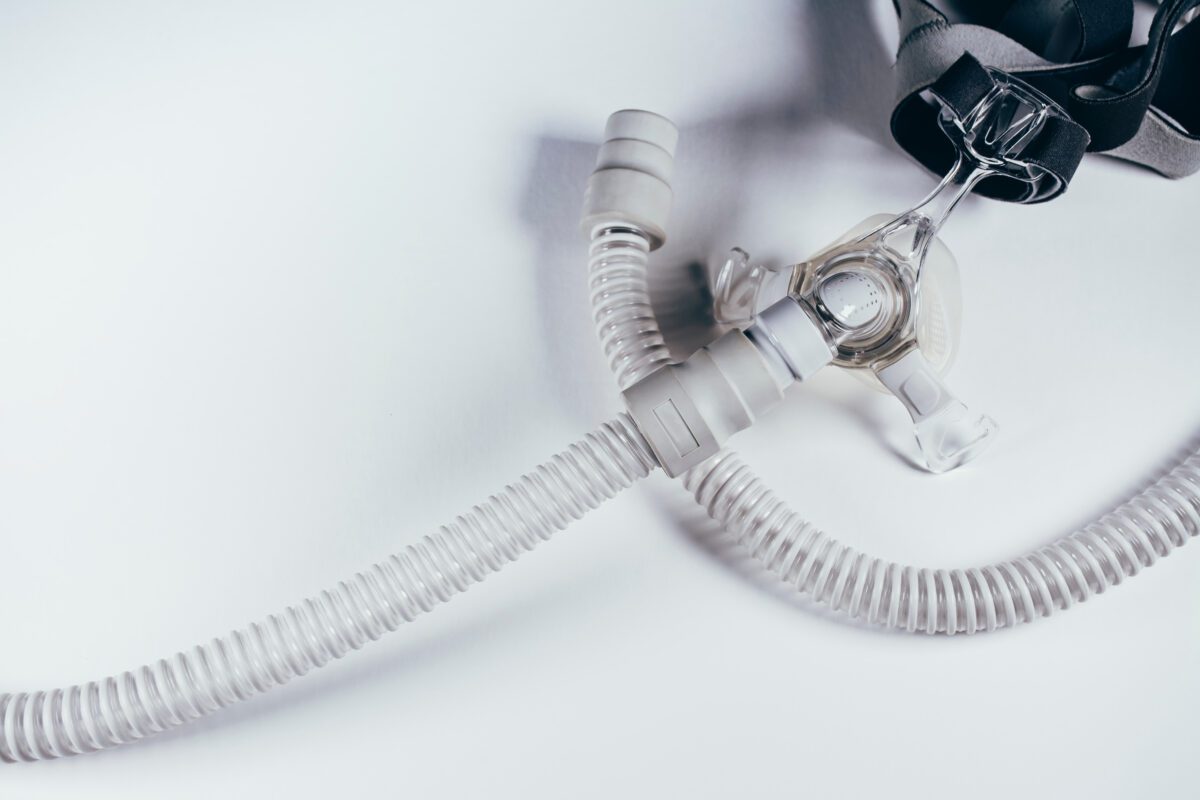Obstructive sleep apnea (OSA) is a common sleep disorder in Australia, affecting approximately 1.5 million people. Continuous Positive Airway Pressure (CPAP) and Expiratory Positive Airway Pressure (EPAP) are two types of non-invasive positive pressure ventilation therapies used for the treatment of OSA.
In this case study, we will explore the differences between CPAP and EPAP and provide insights into the Australian market for both therapies over the next two years.
CPAP vs EPAP
CPAP therapy works by applying a continuous positive pressure to the airway to keep it open during sleep. The pressure is set to a fixed level throughout the night, which helps to prevent the collapse of the airway. CPAP therapy is delivered through a mask worn over the nose or mouth and is considered the gold standard treatment for OSA.
EPAP therapy, on the other hand, works by applying a pressure only during expiration. The pressure is lower during inspiration, allowing for the natural flow of air into the lungs. During expiration, the pressure is increased, which helps to keep the airway open. EPAP therapy is delivered through a nasal valve or mask and is considered an alternative to CPAP therapy.
Market Insights
The market for CPAP therapy in Australia has been growing steadily over the past few years. According to a report by IBISWorld, the Australian market for sleep apnea devices, including CPAP devices, was valued at AUD $526.5million in 2021. The report also predicts that the market will continue to grow at a compound annual growth rate (CAGR) of 3.3% over the next five years, driven by the increasing prevalence of OSA, the ageing population, and the growing awareness of the condition.
The market for CPAP Alternatives and EPAP therapy in Australia is relatively small compared to the CPAP market, but it is expected to grow in the coming years. According to a report by Research and Markets, the Australian market for CPAP Alternative devices was valued at AUD $10.5million in 2020 and is expected to grow at a CAGR of 7.2% from 2021 to 2028. The report attributes the growth of the market to the increasing demand for non-invasive therapies and the availability of innovative EPAP devices.
Conclusion
CPAP and EPAP are both effective non-invasive positive pressure ventilation therapies used for the treatment of OSA. The market for both therapies in Australia is expected to grow over the next two years, driven by the increasing prevalence of OSA, the ageing population, and the growing awareness of the condition.
Here at BMedical we are expanding our range of EPAP devices and CPAP Alternatives to introduce to the Australian market. Currently part of our range is:
